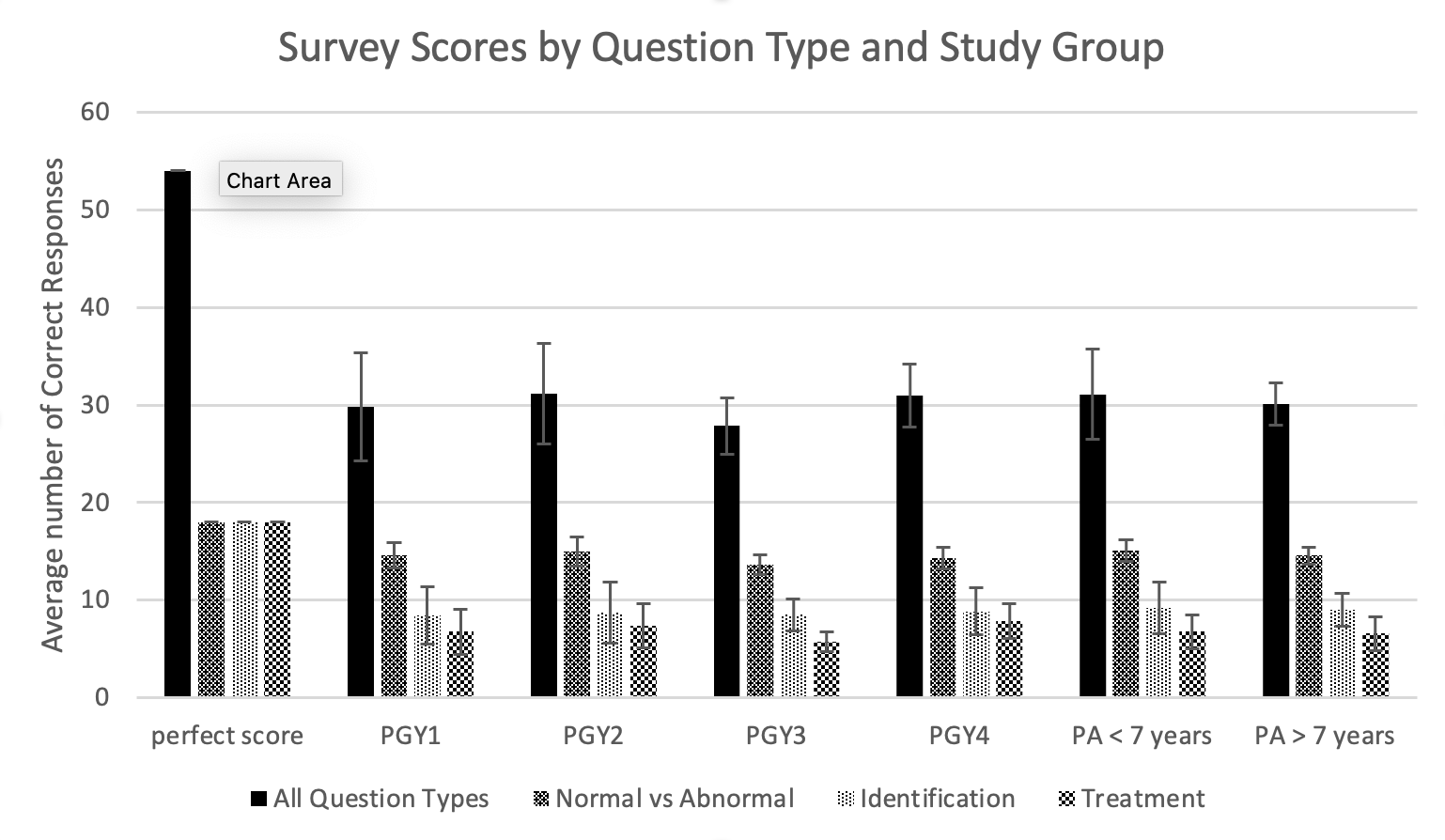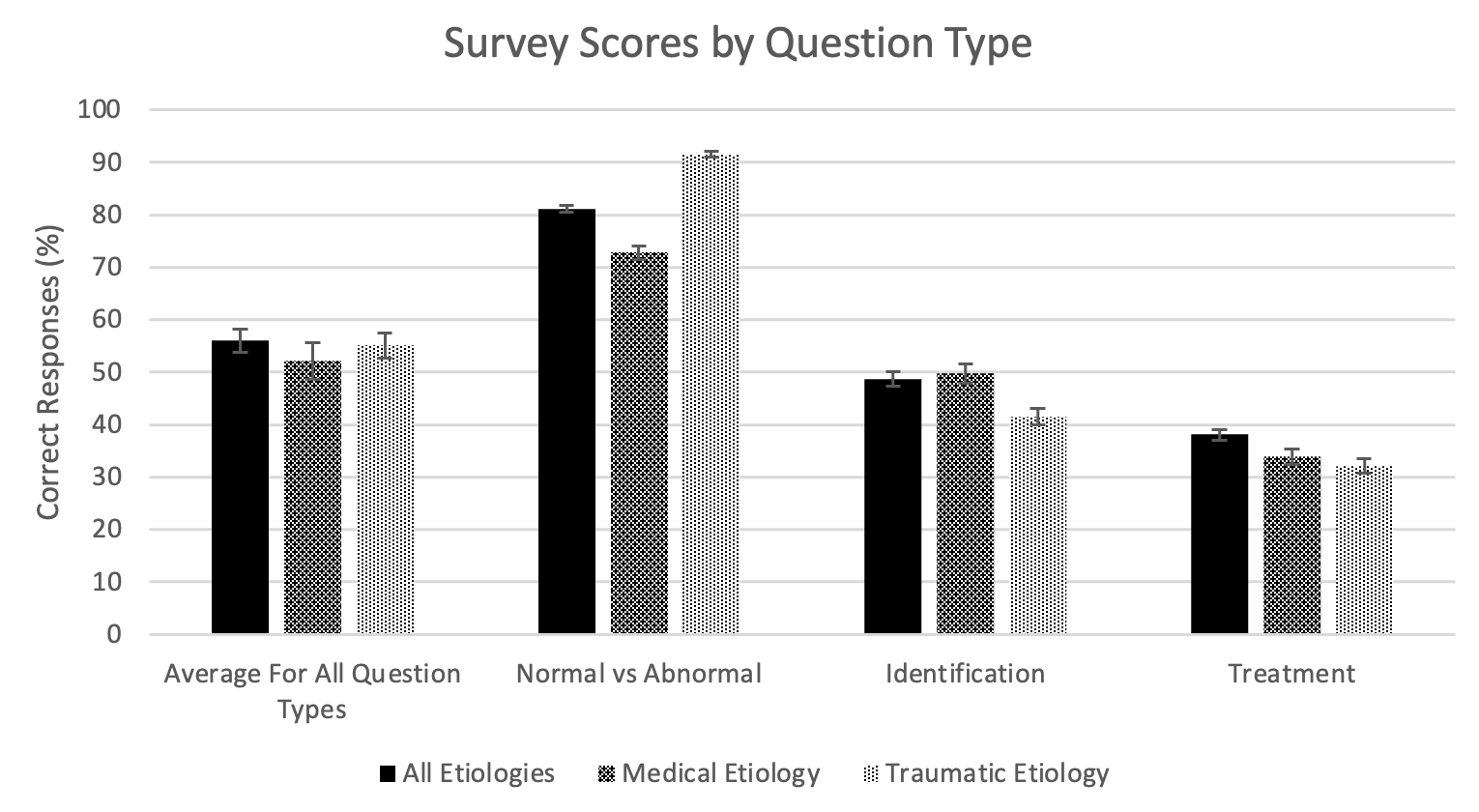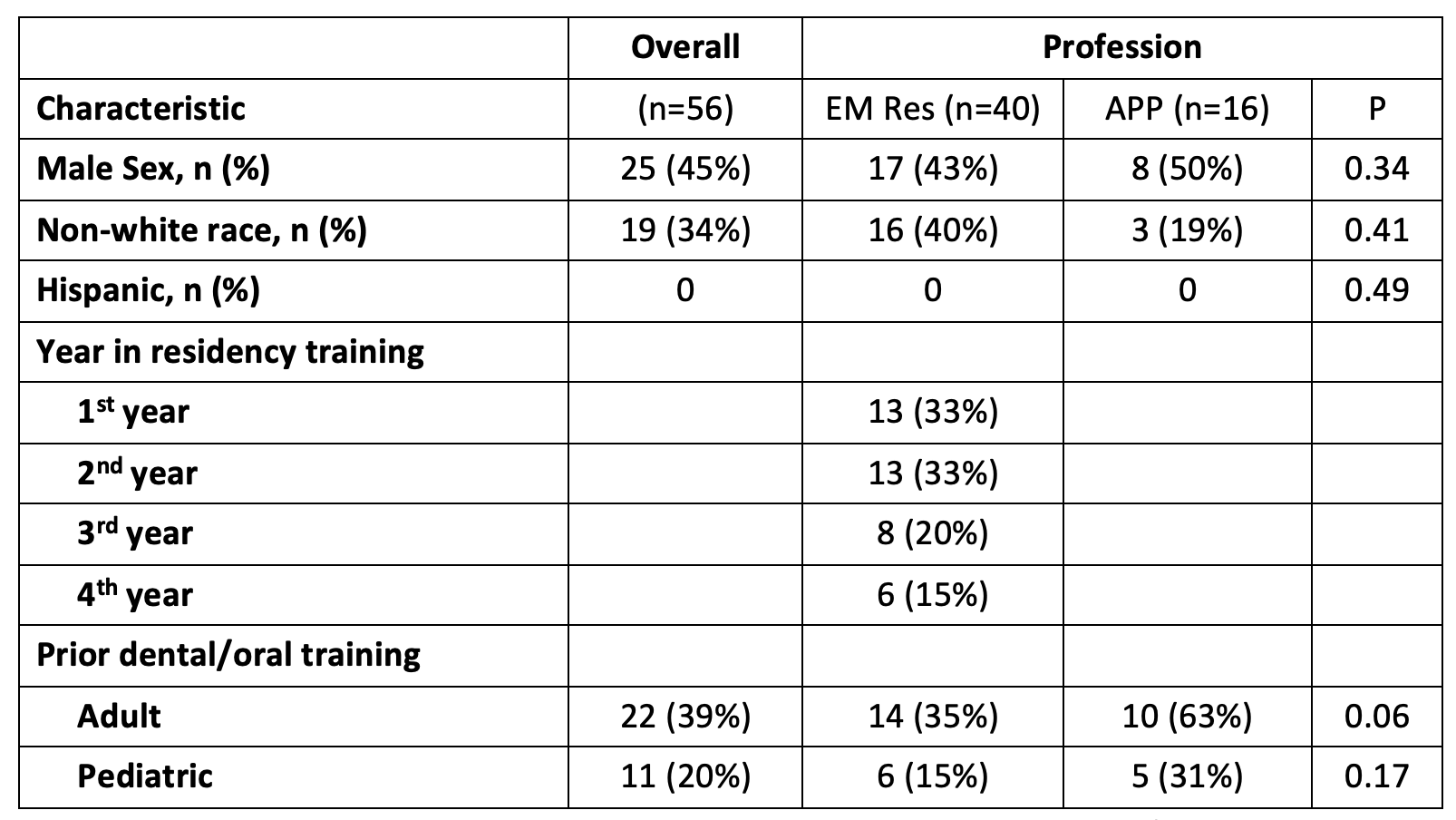Emergency Medicine
Session: Emergency Medicine 12: Potpourri
432 - Emergency Medicine Resident Physician and Physician Assistant Ability to Detect Pediatric Oral Abnormalities
Monday, May 6, 2024
9:30 AM - 11:30 AM ET
Poster Number: 432
Publication Number: 432.3215
Publication Number: 432.3215

Seth Woolf, MD (he/him/his)
Physician - Pediatric Emergency Medicine
Yale School of Medicine
Milford, Connecticut, United States
Presenting Author(s)
Background: Pediatric oral and dental pathology, both medical and traumatic, are common worldwide, and patients commonly seek care in emergency departments (EDs). These conditions can be severe, time-sensitive, and a marker for childhood abuse or neglect. Therefore, ED providers serve an essential role in treating these children. Current literature suggests that medical professionals may not be prepared to handle the complexities of pediatric oral and dental pathology. To our knowledge, no assessment of ED provider ability to handle a broad range of pediatric oral and dental pathologies based on history and physical exam findings has been performed.
Objective: The primary aim of this study was to assess emergency medicine (EM) physician assistant (PA) and resident physician ability in three domains of oral emergency management: detecting the presence of abnormal exam findings; identifying the findings; and choosing the appropriate timeline for referral to a dental professional. Our secondary aim was to determine how professional degree, previous education, confidence, and years of experience affect knowledge of pediatric oral and dental pathologies.
Design/Methods: We created an electronic survey pairing photographs of physical exam findings with clinical vignettes, gauging the knowledge of emergency department (ED) resident physicians and PAs at an academic tertiary care hospital. Questions assessed participant ability to: determine if abnormalities were present; identify the abnormalities; and decide appropriate referral. Multivariate linear regression was used to determine if professional degree, confidence performing oral exams, previous experience or education regarding dental care, or years of experience in EM contributed to higher levels of success.
Results: Overall ability to distinguish normal from abnormal exam findings was 81.2% (95% CI 79.2% to 83.1%). Providers correctly identified 48.7% of pathologies (95% CI 44.8% to 52.6%) and referred 32.1% of cases in an appropriate amount of time (95% CI 35.0% to 41.2%). Prior experience with pediatric dental care was a statistically significant positive predictor of overall survey performance (B = 5.00, p = 0.02). Subsequent analysis did not show significant differences in survey performance associated with years of experience or professional degree.
Conclusion(s): The results of this study suggest that ED providers have a lack of appropriate knowledge regarding identification and management of pediatric oral emergencies. These findings support continuing educational activities and changes to training curriculum related to pediatric oral and dental conditions.



